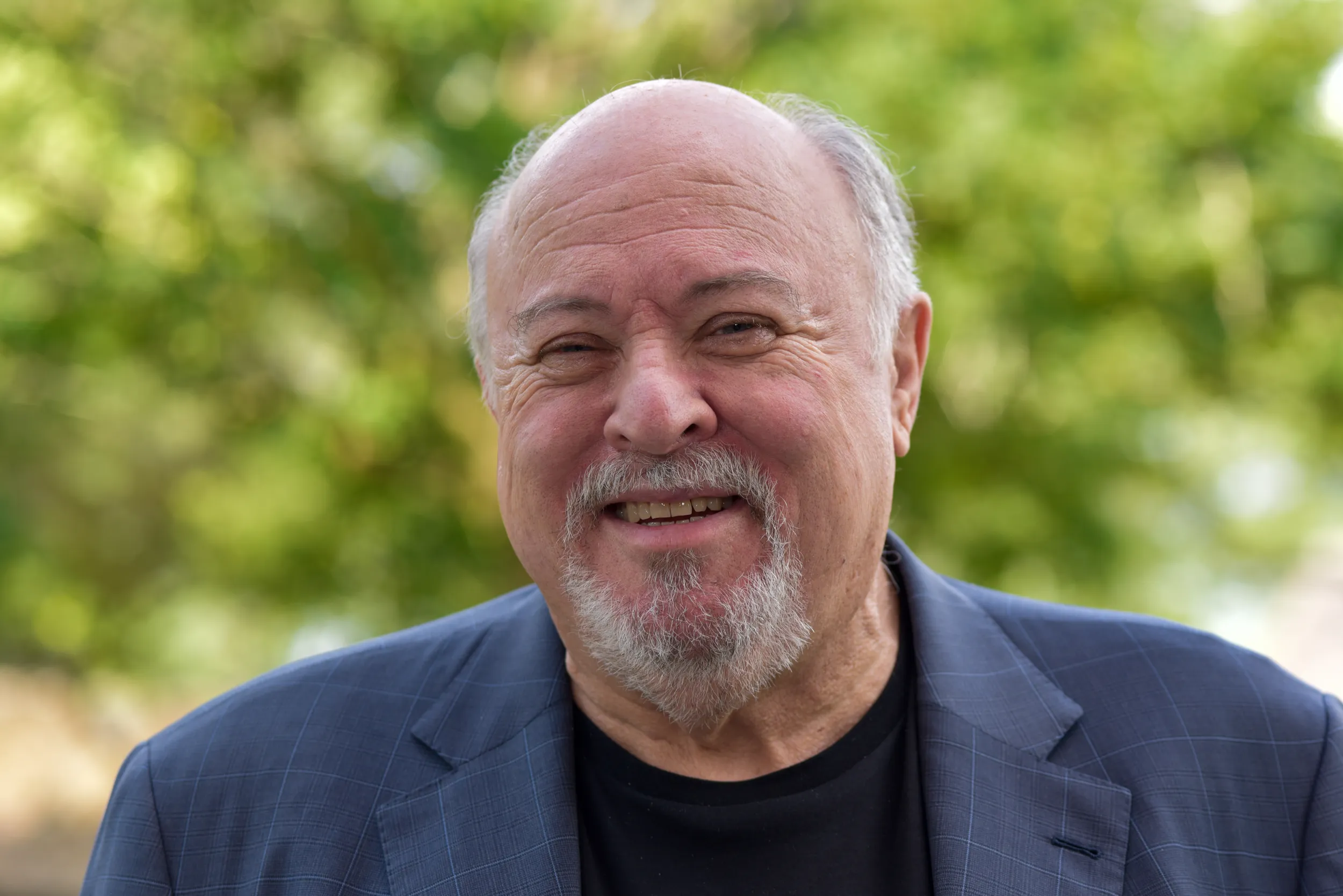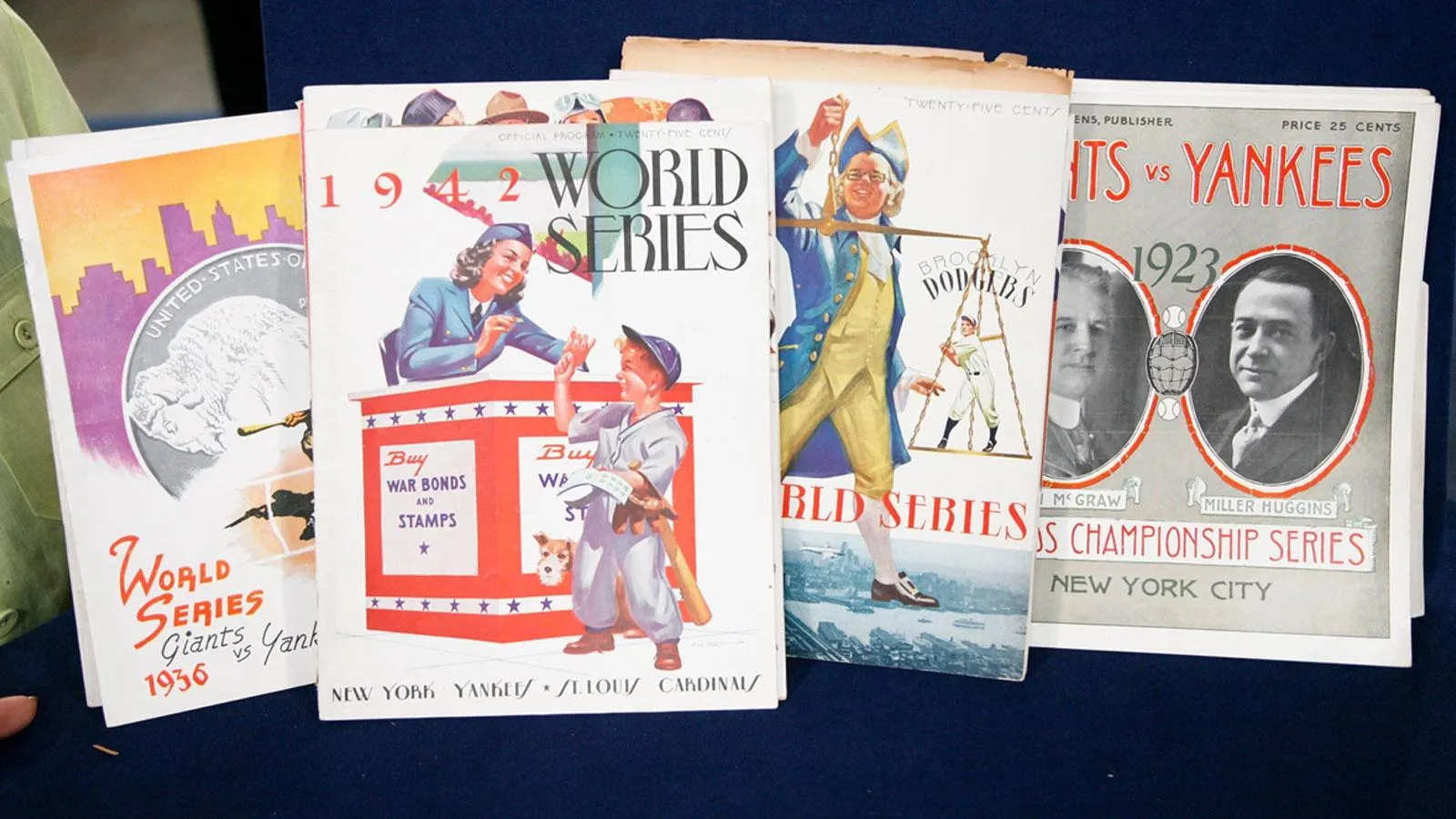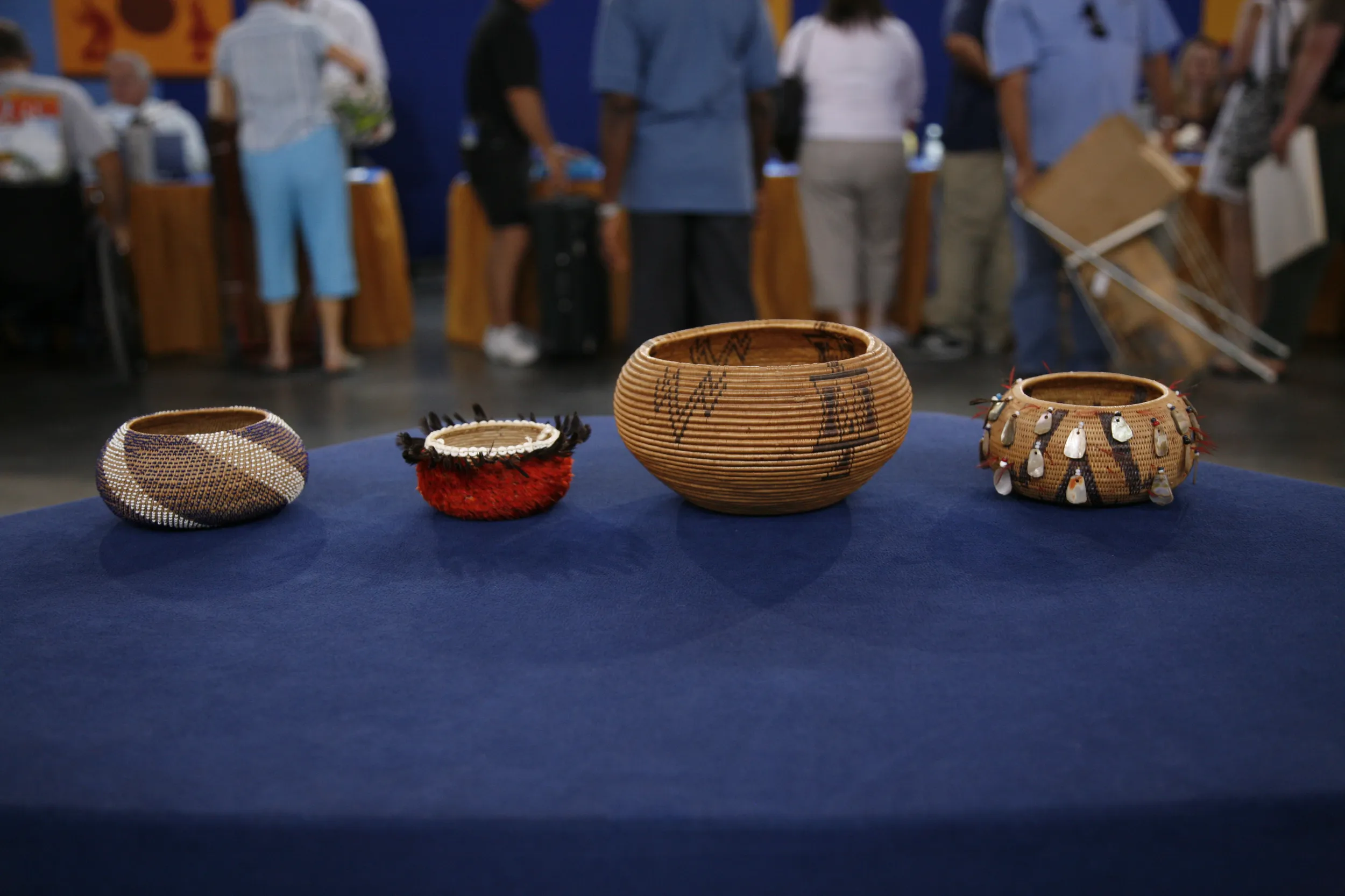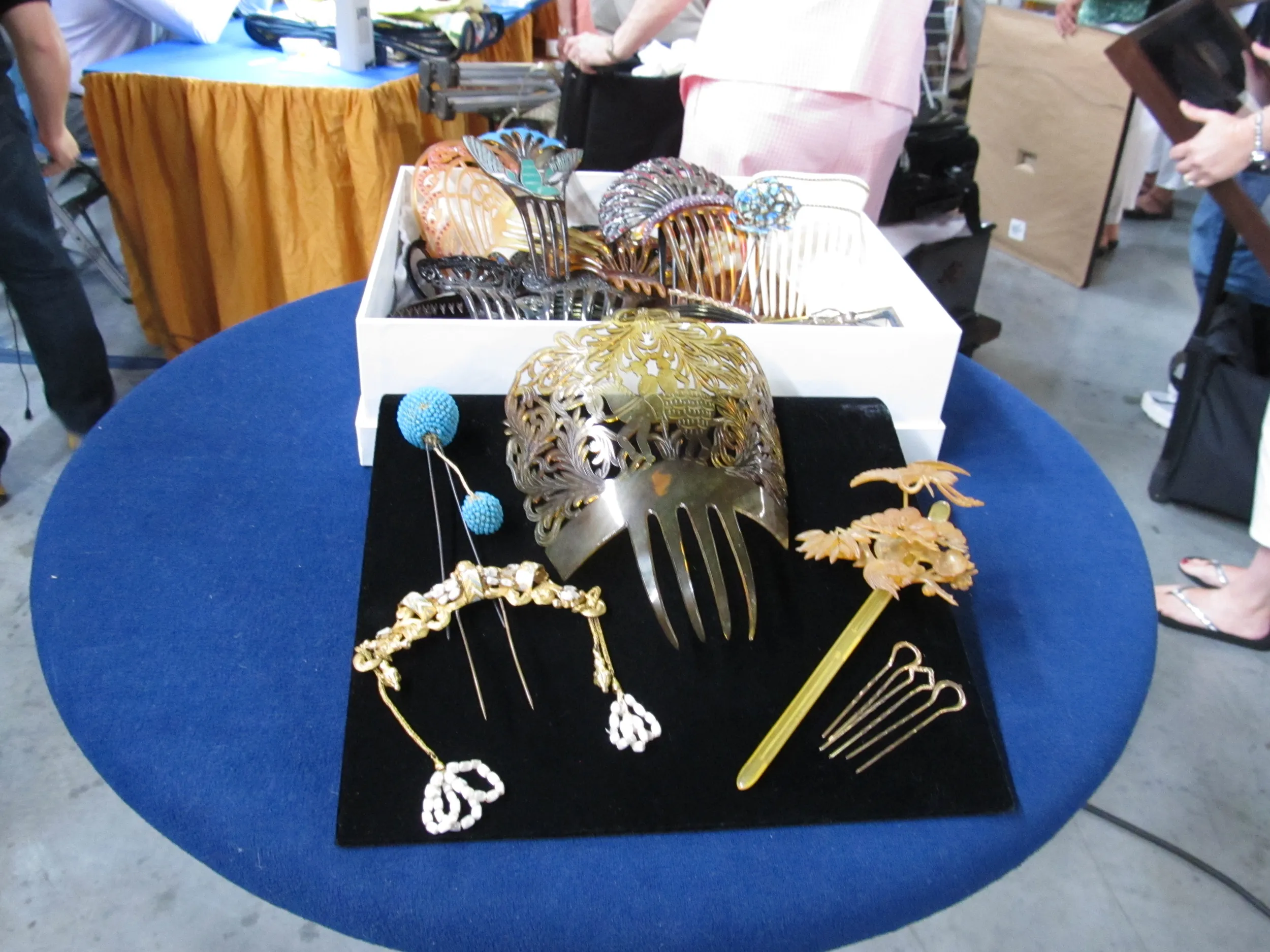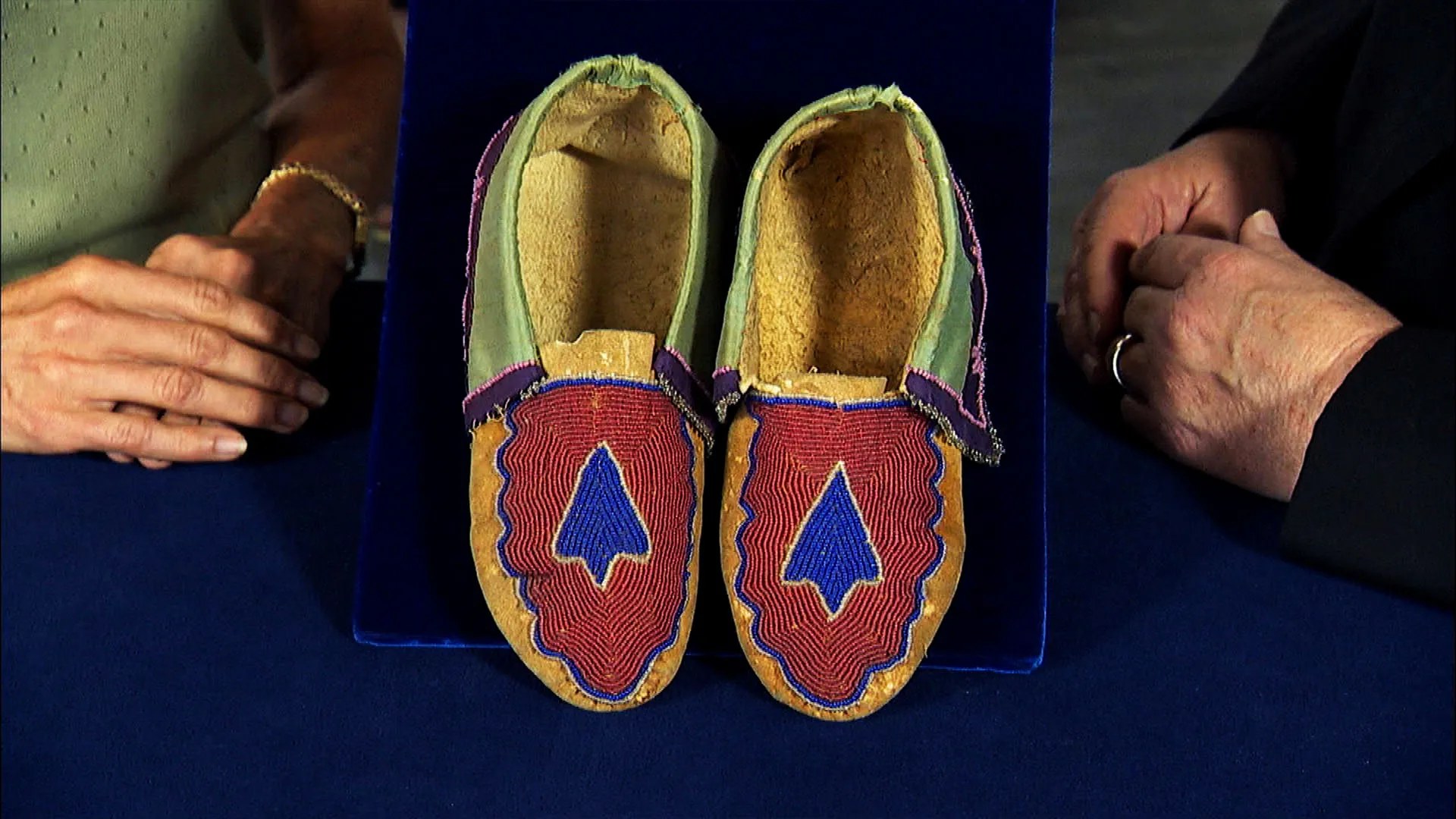GUEST: I have a quiver with a bow and arrows purported to be made by Geronimo, and it is signed by Geronimo. It was passed down through a dear family friend whose grandfather, we think, was a Texas Ranger. And it's been in my family for a number of years.
APPRAISER: What research have you done that makes you think Geronimo made it?
GUEST: 30 years ago, I went to a museum and had them give me some ideas about it. And they told me I should take it further. I've shown it to several friends who have researched it and sent me articles about Geronimo, and that he, in fact, made a few bow and arrows for sale. And when he discovered signing them brought more money, that's what he started doing.
APPRAISER: You know, he was here.
GUEST: I understand he was at the Quadrangle for a short time, in the late 1800s? Right before the turn of the century?
APPRAISER: 1880S.
GUEST: Okay.
APPRAISER: And there are a number of photographs made of him here in San Antonio. On his way to prison, they stopped at Fort Sam Houston, they were kept at the Quadrangle for several weeks, and then taken on to prison in, of all places, Florida. Then Geronimo was hauled to Fort Sill, Oklahoma. So it was a big switch from the serious desert of Arizona, to the swamps of Florida, and then back to Western Oklahoma. The bow case and quiver are made out of deer skin. It's a rawhide, it's dried out, it's tanned with brains, and livers, and so forth and staked out in the sun. And the fringe is dyed with yellow ochre. Overall, it's a pretty nice piece. The bead work is mainly thread-stitched, which tells me it wasn't a piece made during the Indian Wars-- it was made to sell.
GUEST: Okay.
APPRAISER: He did make things. Maybe one or two. He didn't make this. Geronimo was Chiricahua. He was a Chiricahua Apache warrior from Arizona. This was made by Mescalero. Geronimo didn't make much of anything. He sat around Fort Sill, and you're right, he autographed things. And, right here, this is his autograph. And no question about it-- he was autographing photos, which now sell for $1,000, $1,500. But anybody who made things, they would bring them to Geronimo, he would sign them, they'd split the deal. He would sell 'em. He sold all kind of things. He sold drums, he sold shields, he sold bows, he sold arrows. He had a steady market. If some Mescalero brought this in and tried to sell it, so what? If it was attached to Geronimo, it was a hot property. He was a celebrity. And the old song "Geronimo's Cadillac," he rode around in a Cadillac at Wild West shows and gave out his autograph. At a public auction of American Indian material, $6,000 to $8,000.
GUEST: Is that right?
APPRAISER: Yeah, it's a nice thing. It is a real Plains Indian bow. The arrows are real arrows. There's another bow in this case.
GUEST: Right.
APPRAISER: It's real. They're worth $300 to $500 easily by themselves. And it's a great bow case and quiver. Really, really classic Mescalero piece.
